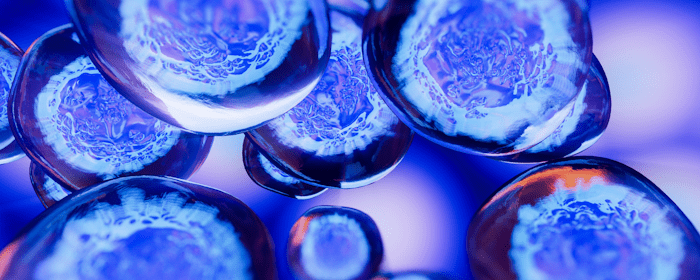Recent advances in medical accessibility, technology, and treatment have increased the average human life expectancy, while at the same time, increasing the risk for neurodegenerative diseases and other disorders – including stroke.
According to the CDC, nearly 800,000 people in the United States suffer a stroke each year, with 87% of these strokes being ischemic strokes. An ischemic stroke is a medical emergency that occurs when the blood supply to part of the brain is reduced or interrupted. Without the ability to deliver oxygen or nutrients, brain cells begin to die in a matter of minutes.
Even when identified and treated early, the lasting, long-term effects associated with stroke result in economic and social costs for patients, their families, and society in general. As an example, the CDC estimates that stroke-related costs, including those associated with healthcare and missed days of work, exceed $50 billion dollars in the U.S. each year.
While medical research continues to search for ways to prevent stroke by addressing underlying causes, primary stroke treatment continues to focus on managing stroke progression while also treating related symptoms.
Recently regenerative medicine, also known as stem cell therapy, along with rehabilitation therapy has been presented as an effective stroke treatment. In this review, Berlet, et al. explore the potential synergistic outcomes of stroke treatment observed when combining current advances in stem cell research with known stroke rehabilitation strategies. The authors also review research while considering the advantages and disadvantages of using the combination of stem cell transplantation and rehabilitation as a way to mitigate the devastating effects of stroke.
Combining stem cell treatment with rehabilitation therapy and outside strategies, such as an enriched environment (EE) may enhance functional stroke recovery and allow for an ideal long-term therapy for stroke patients. With the goal of enhanced brain plasticity, these therapies aim to introduce intrinsic or extrinsic stimuli to assist with the reorganization of the brain’s structure, functions, and connections.
The human brain has been demonstrated to be more plastic after experiencing an injury. With EE promoting improved stem cell survival and migration, and stem cell therapy creating the potential for an extended window of treatment, the combination is viewed as a potentially effective therapy when combined.
Preclinical experimentation has demonstrated stem cell therapies to be effective days after an ischemic stroke occurs, providing a very important window of time for critical stroke treatment to occur. While this is certainly promising information, the authors also point out that there has been a disappointing and frustrating disconnect between these preclinical findings and what is observed in clinical experimentation.
Considering this, the authors identify determining the optimal clinical stem cell route of administration, dosage, and timing as key areas of study to better understand – and maximize – the therapeutic potential of stem cells in the treatment of ischemic stroke.
While Berlet et al. calls for additional research into the ideal route of stem cell administration, type dosage, and timing to further confirm the efficacy of stem cell transplantation for the treatment of ischemic stroke, the authors conclude that the addition of stem cell therapy to rehabilitation has significant potential to create a conducive host microenvironment to facilitate the repair process.
Source: “Combination of Stem Cells and Rehabilitation Therapies for … – NCBI.” 6 Sep. 2021, https://www.ncbi.nlm.nih.gov/pmc/articles/PMC8468342/.


 St. Petersburg, Florida
St. Petersburg, Florida
